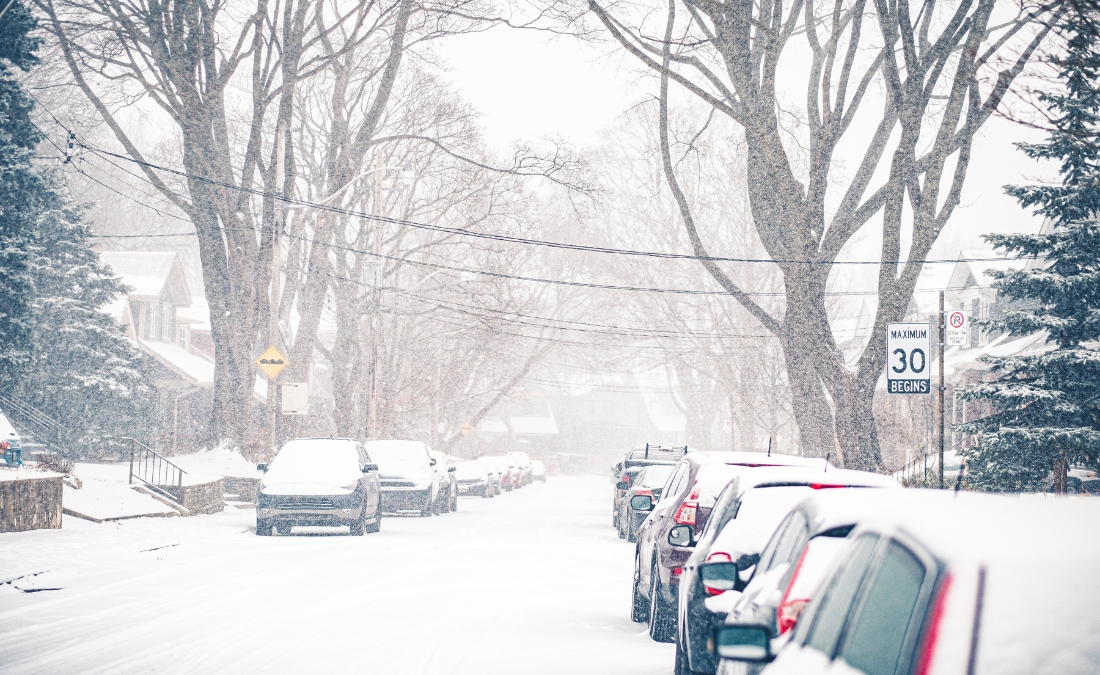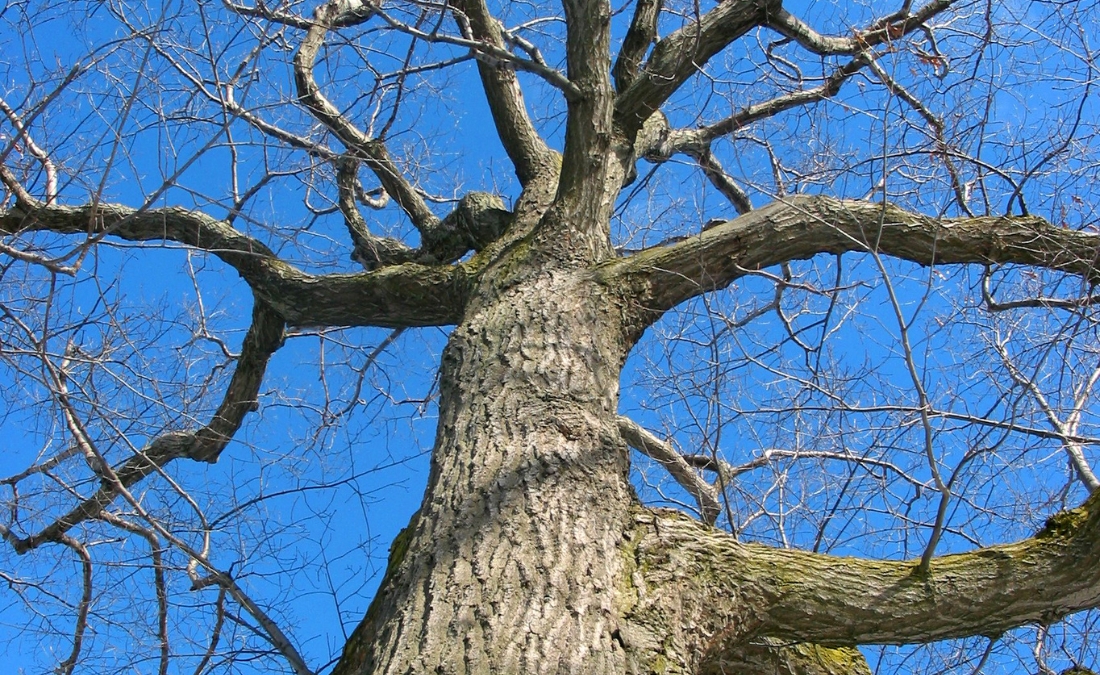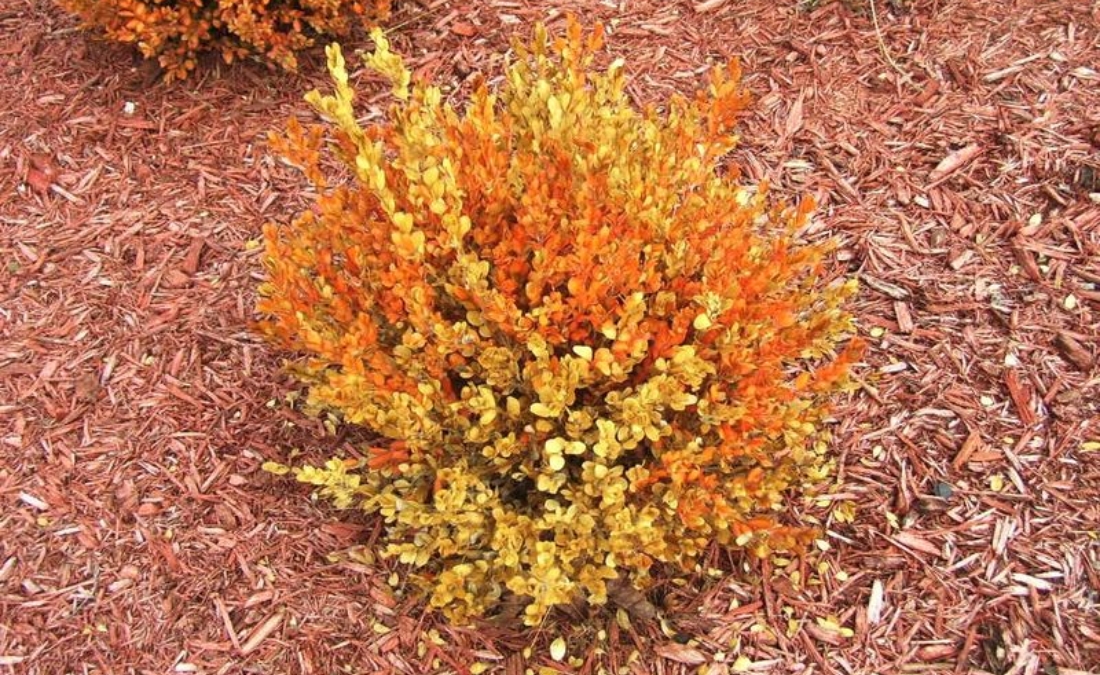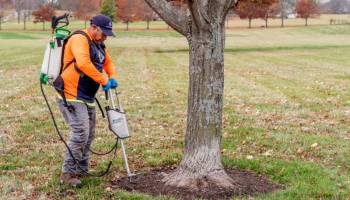Seasonal Tree Pruning Guide: When & Why to Prune in Tulsa, OK
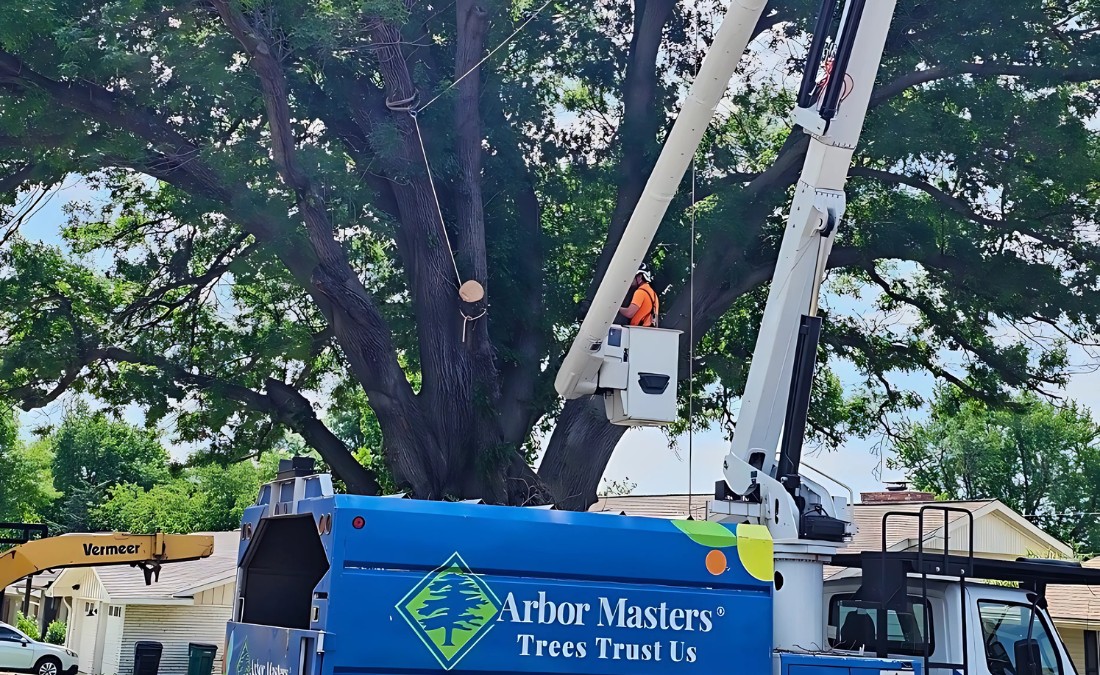
Learn the best time to prune your trees in Tulsa, OK. Discover the benefits of pruning in each season and how it promotes tree health, growth, and safety.
In Tulsa, timing is everything when it comes to tree pruning – the wrong season can stress or even kill your trees. Understanding when to prune your trees can mean the difference between helping and harming them.
Key Takeaways:
- Winter is the ideal time to prune most deciduous species in Tulsa because they are dormant, their structure is more visible, and there’s less risk of disease transmission.
- Prune spring-flowering ornamentals like redbuds and dogwoods just after their blooms fade in spring to preserve next year’s flowers.
- Keep summer maintenance light and focus on shaping trees, removing dead wood, and improving canopy airflow; avoid heavy pruning to prevent insect and disease problems.
- Put your tools away in the fall except for removing dead wood, as new growth stimulated by pruning won’t have time to harden off before winter.
- Don’t wait to remove dangerous branches which can damage your property or cause injuries.
Why We Prune Trees in Each Season in Tulsa
Tree pruning isn’t just about shaping trees – it plays an important role in their long-term health, safety, and appearance. The timing of pruning can make a significant difference, as each season offers unique benefits depending on the tree species and its growth cycle. Understanding when and why to prune ensures your trees stay strong, beautiful, and well-maintained year-round.
Winter Pruning Is Best for Most Deciduous Trees
Winter dormancy is the perfect time to trim most deciduous shade trees. Some of the reasons why we trim in the winter include:
- Reduced Stress: Pruning, even when done correctly, causes stress. Trees expend extra energy sealing wounds and recovering during growth. Winter pruning limits the impact and permits extra time to seal the wound before it starts using energy for growing.
- Improved View of a Tree’s Structure: You can see its internal structure more easily when a tree has no leaves, letting a homeowner make more informed decisions about which branches to remove. A clear view helps find weak or competing branches much easier without the leaves in the way.
- Reduced Risk of Spreading Diseases: Diseases and insects are dormant or dead in the winter. The wounds you open during trimming can act as an opening for attacks from these often-deadly pests and diseases. Pruning in the winter will prevent any of these insects and diseases from infiltrating your trees.
Some species we recommend servicing in the winter include:
- Oaks
- Maples
- Elms
- Hickories
- Other yard shade trees
Spring Pruning Benefits Your Ornamental Trees
While you should handle most significant pruning in the winter, it isn’t ideal for every species. Do not trim spring-flowering ornamentals, such as redbuds and dogwoods, in the winter.
We grow ornamentals for the beauty they add to Tulsa properties. If you trim them in the spring, the process will cut off the buds that will create flowers
Instead of trimming in the winter, wait until the spring, just after their bloom begins to fade. Pruning your ornamental trees will give you better flowering next season and leave them healthier.
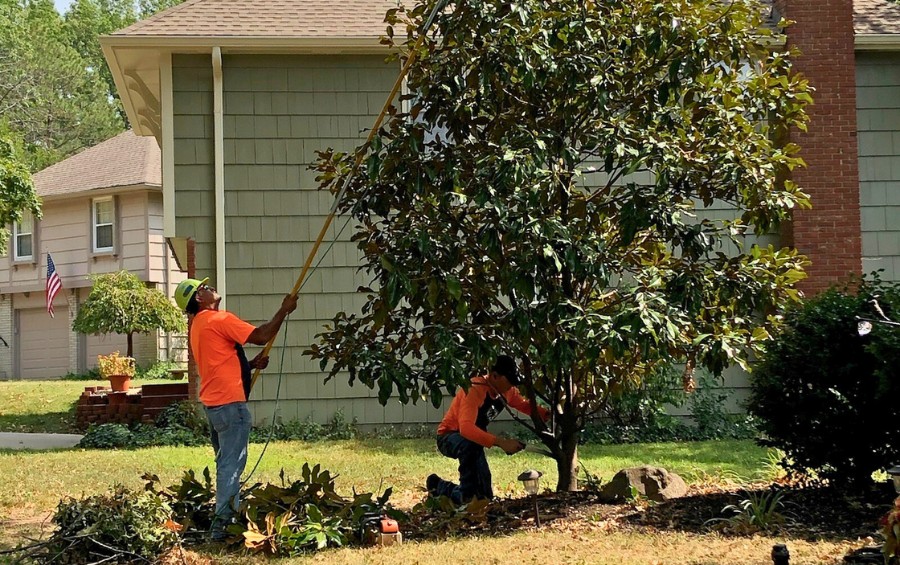
Summer Pruning Is Best for Shaping a Tree
Summer is the ideal time to shape a tree because you can see its full size and natural form. With all the leaves in place, it’s easier to spot overgrown branches, uneven growth, or areas that need thinning – things that are much harder to judge in winter when deciduous trees are bare. Some key goals of summer pruning include:
- Shape for Aesthetics: Summer foliage shows exactly how trimming will affect a tree’s shape.
- Remove Deadwood: It is easier to identify deadwood (dead, diseased, or damaged branches) during the summer, as you can see what branches don’t have any leaves growing.
- Open Up the Canopy: A crowded canopy prevents light and air from reaching the lower portions. Removing excessive branches can improve light and air circulation and lower the risk of mold development.
WARNING: Keep summer pruning light to avoid giving insects and diseases an opening to attack your trees.
Limit Fall Pruning to Minor Removal of Deadwood
Fall pruning is not something we generally recommend in Tulsa. After trimming, a tree tends to develop new growth as a trauma response to losing branches (except during dormancy in the winter). When this happens in the spring, the branches will have a runway to become vigorous before winter. In the fall, they don’t have the same luxury.
New growth in the fall will be weak, as it doesn’t have enough time to become vigorous before the frost. The cold air will kill it, wasting energy and causing stress.
The only branches we recommend trimming in the fall are deadwood that is more likely to break from snow weight or a winter storm. These broken branches will put your property and family in danger. If your branches did sustain storm damage, restoration pruning can help improve your tree’s health and increase safety .
Don’t Wait for Emergency Tree Pruning
If your trees have dangerous branches (such as damaged or overly long ones), time is of the essence. These branches could break during storms or when the winds pick up. Prompt trimming will increase safety and lower the risk of failure in a storm. If you aren’t sure if your tree’s branches are at risk during a storm, have an arborist conduct a professional tree assessment.
Frequently Asked Questions About Tree Pruning
To help you make the right decision when pruning in Tulsa, we’ve compiled some of the common questions we get about the service in our area.
Is it better to prune trees myself or have an arborist handle it?
We recommend professionals handle pruning if you lack experience. The job is dangerous, and there are plenty of sad stories of homeowners who end up injured or dead attempting to trim their trees. Without the proper equipment or training, you put yourself and your trees at risk by trimming them on your own.
How much can you trim at one time?
We recommend trimming no more than 20 percent of a mature tree’s canopy at a time. Pruning should remove only what is necessary. Taking too many branches will leave it without sufficient leaves for photosynthesis.
How do I know if my pruning tools are sharp enough?
To tell if tools are sharp enough, look at the wound after a cut. The cut should be smooth, and the loppers should go straight through the wood. If you notice an uneven cut on the branches, chances are your tools are not up to the job.
Do I need to apply a wound dressing after pruning a tree?
No, you do not need to apply a wound dressing after pruning a tree. Wound dressings actually slow down the healing process. Rather than applying paint or another wound dressing, allow the tree to seal the wound and heal itself naturally.
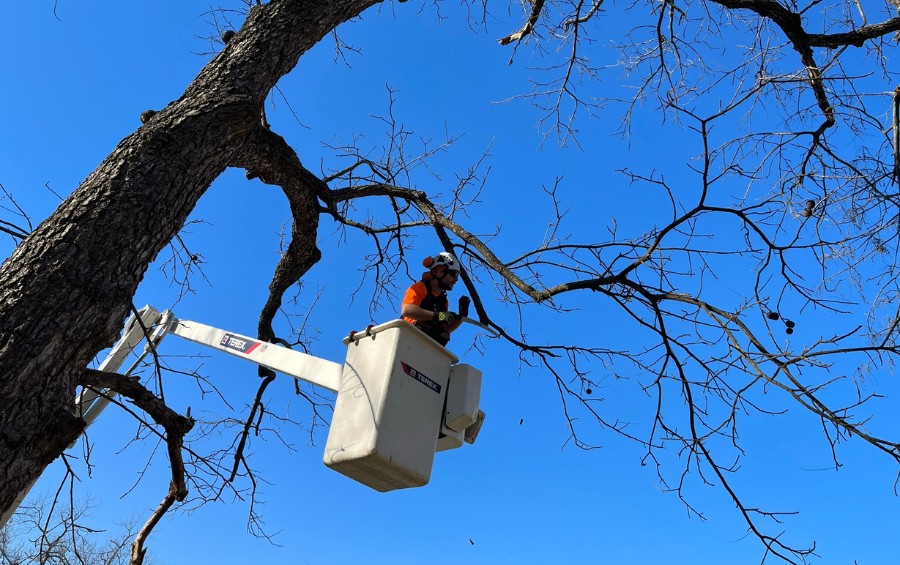
No More Guessing – Arbor Masters Can Prune Your Trees at the Right Time
With so many tree species and different pruning needs, it’s easy to feel overwhelmed trying to figure out what to trim and when. Instead of risking your safety or your tree’s health, trust the experts to handle it for you.
At Arbor Masters, our team includes multiple ISA Certified Arborists who specialize in proper pruning techniques to keep your trees healthy, strong, and beautiful year-round. Call us today at 918-258-3444 or request a quote online for expert tree care you can count on.

Get the latest local news, tree care tips, special offers, and company updates directly to your inbox! It's easy to subscribe and there's no spam - we promise.
"*" indicates required fields

